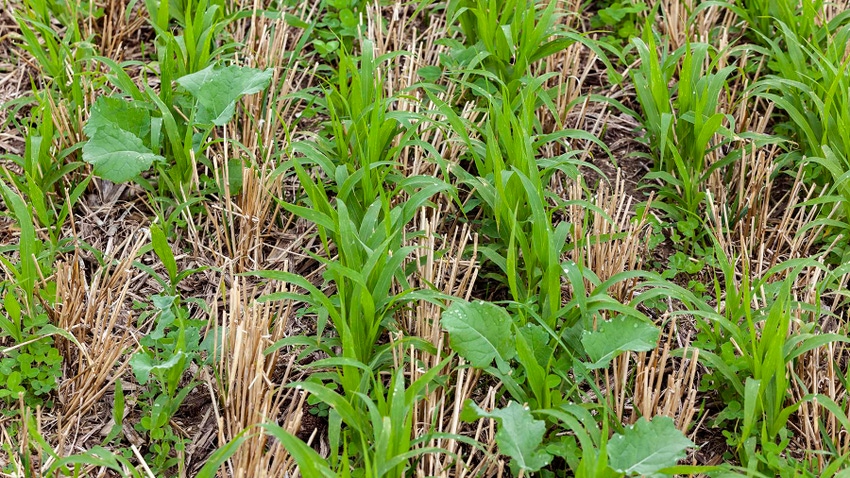August 1, 2023

Agricultural producer sentiment improved slightly in July as the Purdue University-CME Group Ag Economy Barometer rose two points to an index value of 123. This month’s 2% rise in the barometer was primarily the result of farmers’ improved perception of current conditions on their farms.
“Producers were slightly more confident about the farming economy in July, despite recent crop price volatility and continued concerns about rising interest rates,” says James Mintert, the barometer’s principal investigator and director of Purdue University’s Center for Commercial Agriculture.

Farmers’ rating of financial conditions on their farms was virtually unchanged in July, compared to June, as the Farm Financial Conditions Index rose just one point to 87. Looking back to May, however, the percentage of producers rating their farm’s financial performance as better than last year improved from 14% to 17%, while those rating financial performance as worse than a year ago fell from 38% to 30% of respondents.
Farmers’ longer-term perspective on the U.S. agricultural economy improved somewhat in July, as the percentage of respondents expecting bad times in the upcoming 5 years fell from 41% in June to 39% in July.

Farm investments
The improvement in farmers’ perspective on current conditions spilled over into a modest rise in July’s Farm Capital Investment Index of 3 points to a reading of 45. This month’s improvement in the investment index occurred despite a rise in the percentage of producers who expect interest rates to rise over the next year. Nearly two-thirds (65%) of producers in July said they expect interest rates to increase, up from 57% who felt that way in June. Among those producers who said now is a bad time to make large investments the top reason cited for this being a bad time was concern about rising interest rates.
Farmers’ top concern for their farming operations in the upcoming year is still higher input costs, chosen by 37% of respondents in this month’s survey. The number two concern for this month’s survey respondents was rising interest rates, chosen by nearly one out of four (24%) producers followed by lower output prices chosen by 19% of farmers in the survey. Given the volatility in commodity prices, especially crop prices, this spring and early summer it’s notable that more producers expressed concern about rising interest rates than declining output prices.
Farmland values
Producers continue to be optimistic about future farmland values, especially when asked to look ahead five years. The Long-Term Farmland Value Expectations Index was unchanged in July at a reading of 151 while the short-term index was virtually unchanged, declining just one point to 125.
Confidence among farmers regarding the future direction of farmland values continues even though nearly two-thirds of survey respondents expect interest rates to rise over the next year. Once again, corn and soybean producers were also queried about their farmland cash rental rate expectations for 2024. Similar to last month, nearly one-quarter (24%) of respondents expect rental rates to rise compared to 2023 while just over 7 out of 10 (71%) of producers look for no change in rental rates.


Cover crop usage
This month’s survey included several questions about crop farmers’ perspectives on cover crop usage. In the July survey, 45% of corn/soybean farmers indicated they currently use cover crops. This compares to a range of 41 to 57% of respondents who reported having planted cover crops in 2021 and 2022 barometer surveys.
Among cover crop users, the two most commonly cited reasons for using cover crops were to improve soil health and erosion control which were chosen by 65% of this month’s respondents. This was consistent with prior barometer surveys in 2021 and 2022 when the percentage of producers choosing soil health and erosion control as their motivation for using cover crops ranged from 58 to 70% of respondents.
When asked to describe their experience using cover crops, four out of five (80%) farmers who reported using cover crops said it improved soil health and yields and 15% of respondents said cover crops improved soil health but did not improve yields. In prior barometer surveys, a range of 74 to 84% of respondents said cover crops improved soil health and yields while 9 to 18% of respondents said it improved soil health, but not yields.
The Ag Economy Barometer is calculated each month from 400 U.S. agricultural producers’ responses to a telephone survey. This month’s survey was conducted July 10-14. Learn more.
About the Author(s)
You May Also Like




